As the years pass, social norms and what is considered polite change. What was considered polite 50 years ago may be thought rude today. These social norms change with time, events that may happen worldwide, and more. For example, 50 years ago, offering your hand to someone upon meeting them was courteous. However, post-COVID today, it is normal to refuse a handshake from someone you do not know. In some circumstances, keeping your hands to yourself is even more polite.
As society changes throughout the decades, so does how we communicate. This list includes 50 things that were considered polite 50 years ago. Some social etiquette rules are still courteous in some circumstances, while others have fallen to the wayside.
To compile a list of 50 things considered polite 50 years ago, 24/7 Tempo scoured the internet for resources from the 1970s, forums, and more. If you are curious about what customs were thought polite and whether they are still around today, take a look at this list. (After this article, read our list of nostalgic 1970s childhood traditions that should make a comeback.)
Children Addressing Adults as Mr., Mrs., or Miss

In the ’70s, it was perfectly normal and expected that a child would say either Mr., Mrs., or Miss when addressing an adult. While this practice is still expected in some situations, such as a classroom, it is less prevalent. Today, hearing a child address an adult by their first name is perfectly normal.
Men Standing When a Woman Leaves the Table

When a woman was seated with a man or a group of men at a dinner table, the custom was for all men to stand if she stood and left the table. This was seen as a sign of respect.
A Man Pulling the Chair Out for a Woman

Another polite thing to do as a man 50 years ago was to pull out a chair for a woman when she was about to sit down.
Excusing Oneself from The Table
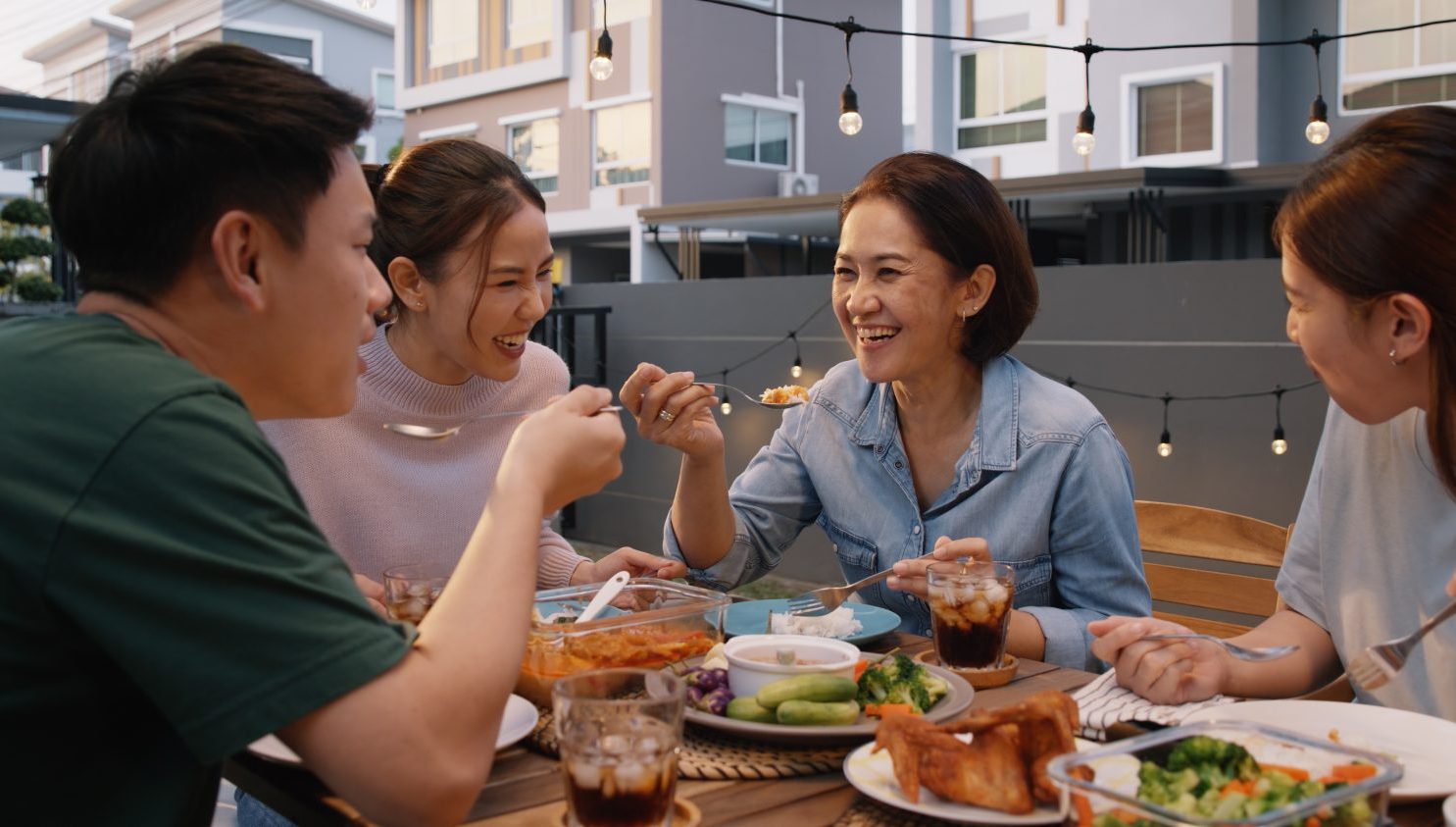
If you needed to leave the table for whatever reason, the courteous way to do so was to excuse oneself. As a child, you asked, “may I please be excused?” As an adult, the polite thing to say was, “Please excuse me.”
Writing Formal Paper Invitations

Before the age of cell phones and email, the means of correspondence were written letters. If you were planning an event, whether a baby shower, birthday party, or dinner party, the proper way to invite guests was by writing formal paper invitations.
Taking Hats Off at the Table

Today, seeing a group sitting at a restaurant with their hats still adorning their heads is normal. However, 50 years ago, it was thought rude not to take one’s hat off before sitting at the dinner table.
Not Wearing a Hat During a Church Service

Another place a person didn’t wear a hat was during a church service. Wearing a hat was seen as a sign of disrespect in a place of worship. While some churches still adhere to this polite practice, it’s not unusual to walk into a church service and see people wearing hats today.
Waiting for Everyone Else to be Served Before Eating

Dinner was a time for families to sit down and catch up with one another while distraction-free. Today, sports events, school functions, and schedules that do not match up mean some families eat at different times or on the run. Fifty years ago, when sitting down to dinner, it was polite to wait for everyone to be served before diving into your meal, no matter how long it took.
Men Walking on the Outside of the Sidewalk While Women Walk on the Inside

When going for an evening stroll or a walk in general, the man would show respect by walking on the street side of the sidewalk. Doing so would allow a woman to walk on the inner part of the sidewalk safely.
Not Answering the Phone During Mealtime
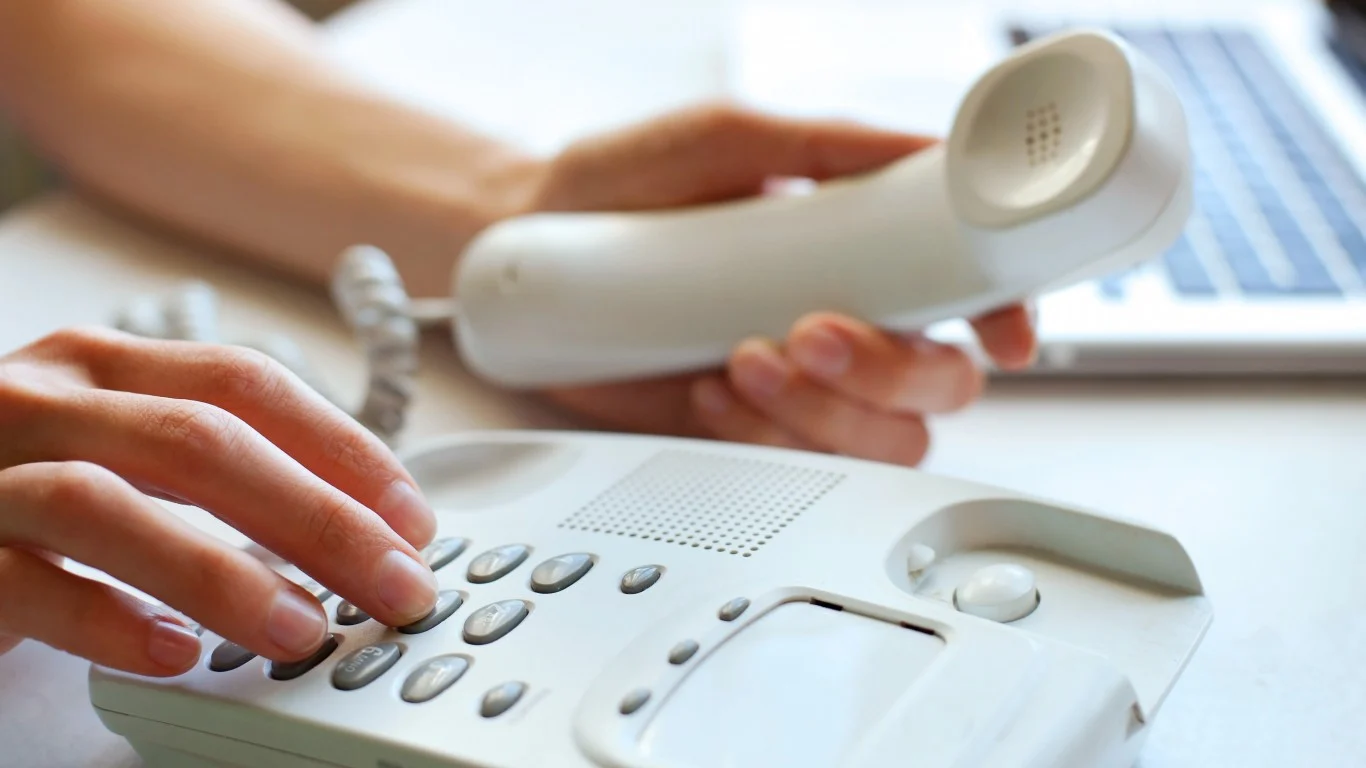
In today’s society, it can be normal to see a person sit down with their phone in hand to eat a meal with their family, whether texting, scrolling socials, or even talking on the phone. Even though cell phones weren’t prevalent then, 50 years ago, answering your phone during mealtime was considered rude.
Turning the Television off During Mealtimes

Another device that was expected to be switched off during mealtime was the television. Eating meals as a family with no distractions was considered the mannerly way to eat.
Offering Your Seat to a Woman, Pregnant Woman, or the Elderly

A polite gesture that some still do today is offering your seat to someone else. Whether that person was elderly, pregnant, or simply a lady, if you were non-disabled and healthy, giving your seat up didn’t seem like much of an inconvenience.
Holding the Door Open for the Person Behind You

The hustle and bustle of everyday life leads many people to be consumed with themselves and not pay attention to their surroundings. It is not uncommon to go inside a building and not realize a person is coming in behind you. In the 1970s, it was still typical practice to politely hold the door open for the person behind you when entering a building, regardless of whether that person was with you or on their own.
Calling First Before Showing Up at Someone’s Home
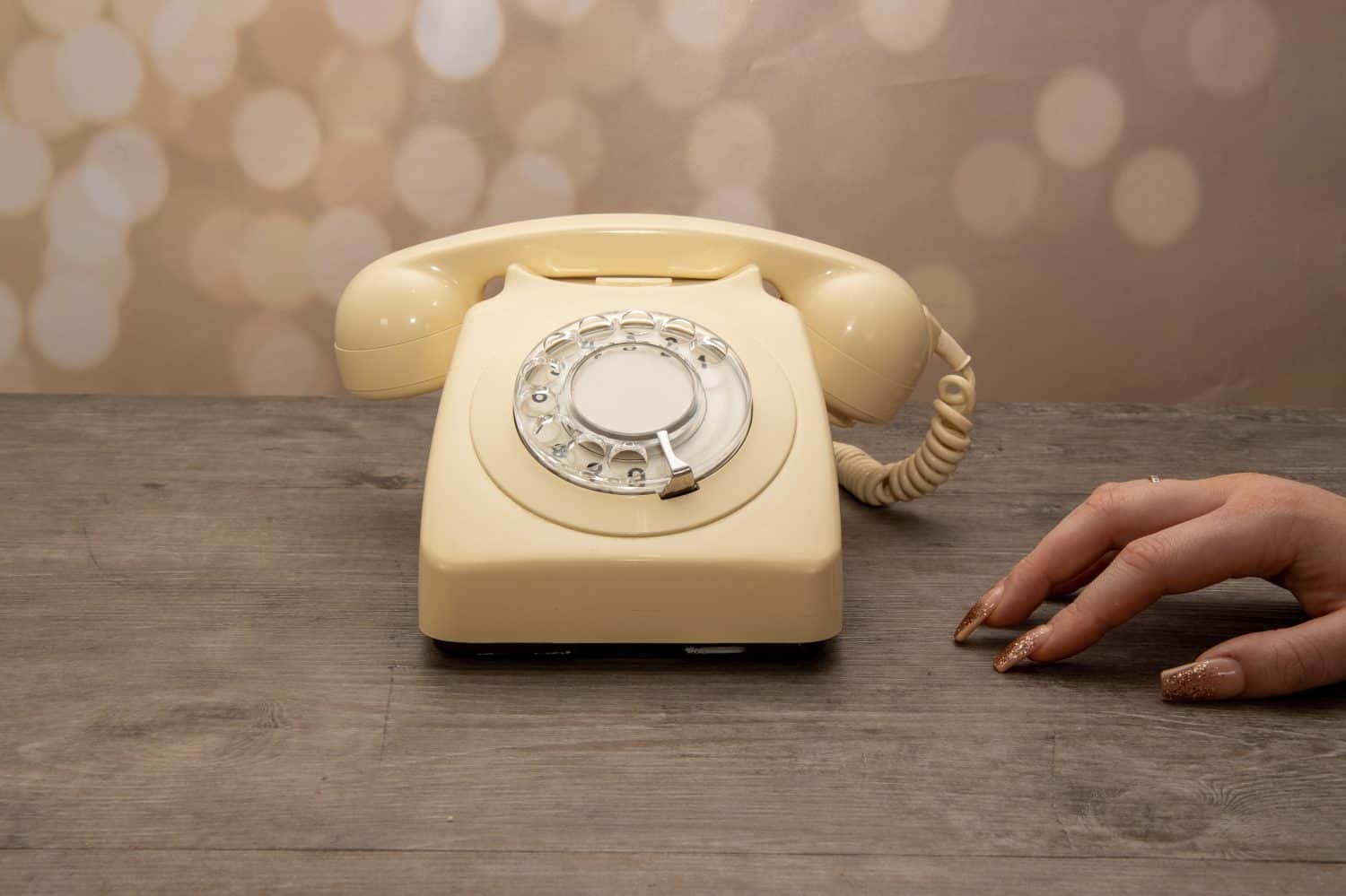
While an etiquette rule that was dependent upon where you lived, popping in before calling was sometimes considered rude. If you wanted to visit, most of the time, the polite way to do so was to call that person. This gave them a proper amount of notice and let you know if they would be out.
Answering Your Phone, Even if You Don’t Know Who It Is
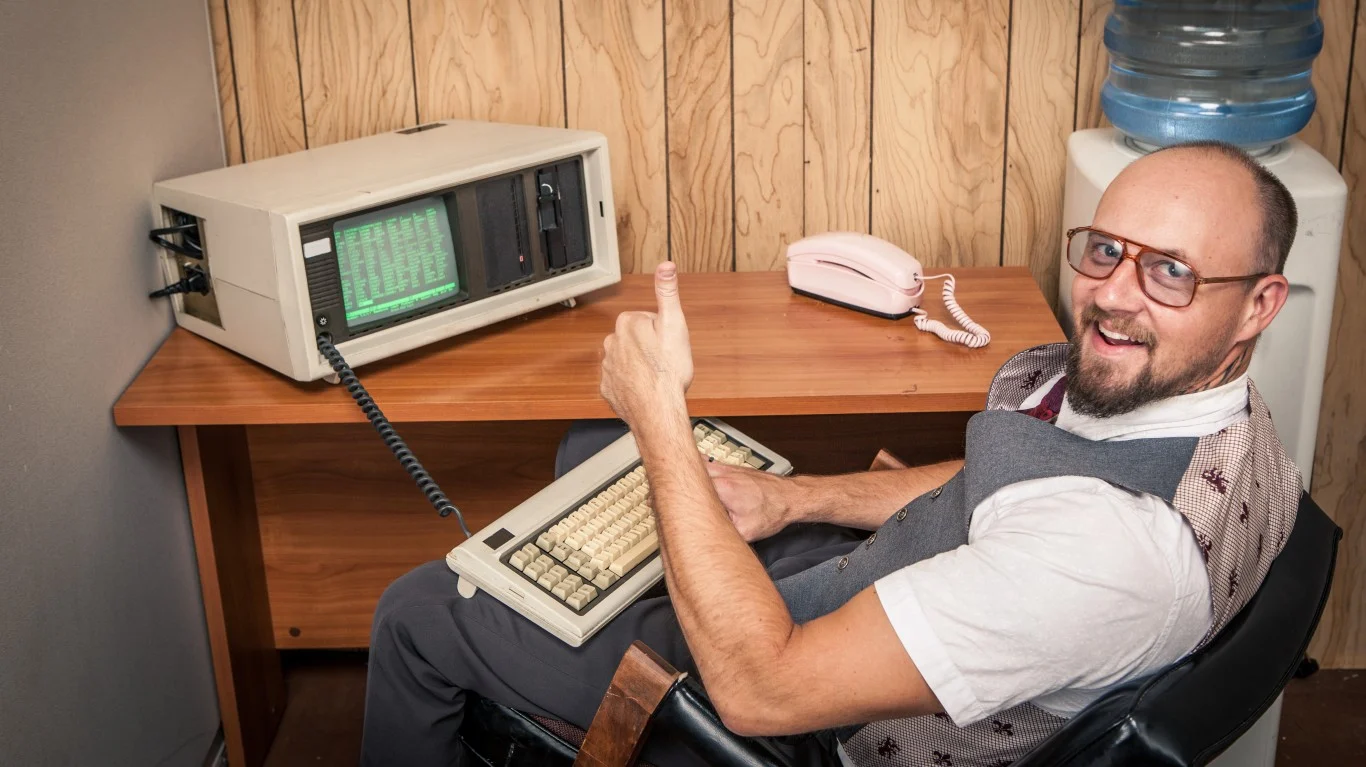
In the age of cell phones, sending a caller to voicemail is common, especially if you don’t know who it is. It’s a way for many people to avoid robocalls and telemarketers. However, 50 years ago, there was no way to tell who was calling. Therefore, it was polite to pick up the phone and answer, even if you didn’t want to—unless, of course, it was mealtime.
Calling a Person Back After a Missed Phone Call
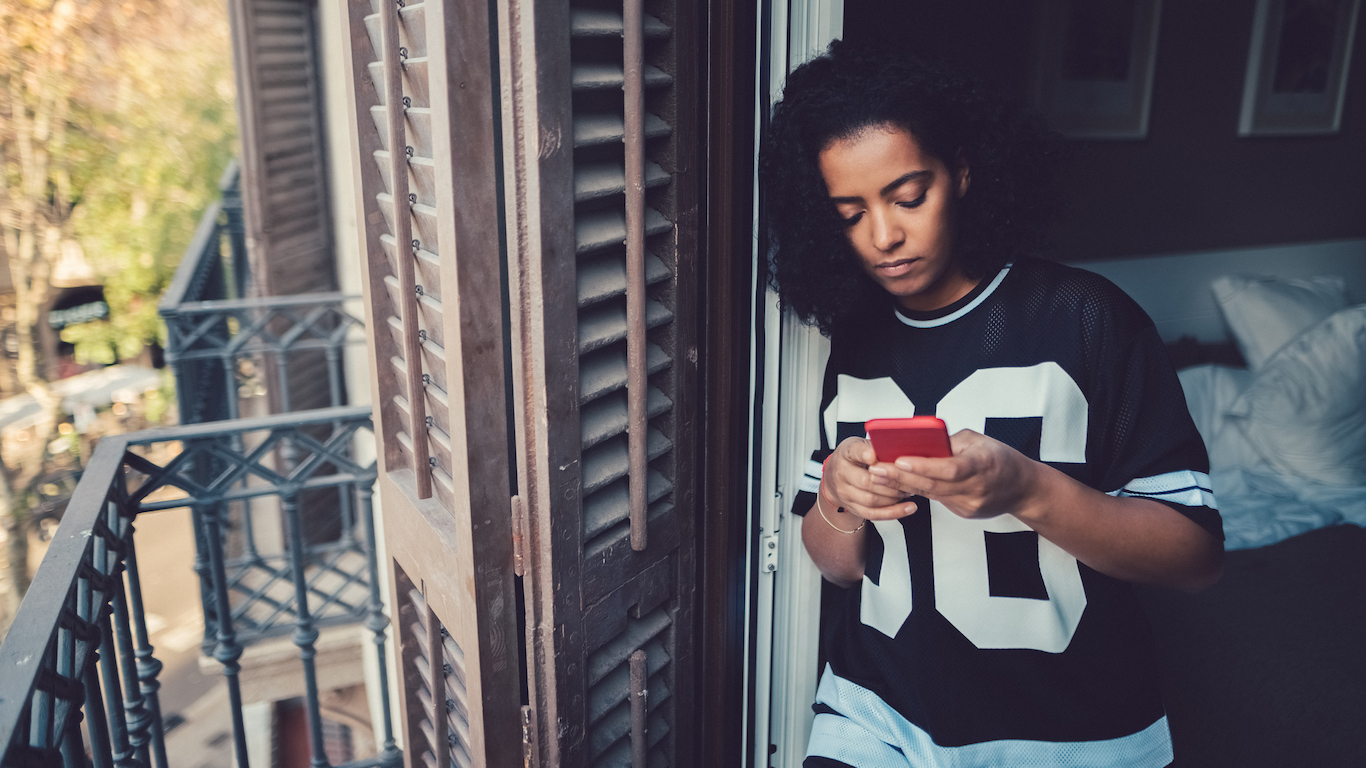
If you missed a phone call, the polite thing to do 50 years ago was to call them back. If someone took the time out of their day to contact you, then it was courteous to return the gesture. However, today, it is customary to send a text back after missing a phone call.
Children Waiting to Be Spoken to

A standard etiquette rule that lasted centuries, children were told they should be “seen and not heard.” While the 1970s saw a decline in this strict adherence, it was still considered polite for children to wait to be spoken to. This meant no interrupting while adults were speaking, even if waiting patiently was challenging to do.
Calling a Person Ma’am or Sir

Calling a person Ma’am or Sir was standard practice in the 1970s. Whether to say good morning, ask a question, or simply check out at the grocery store, adding a Sir or Ma’am was seen as polite. Today, many people prefer not to be called Sir or Ma’am, some saying it makes them sound old and stuffy.
Wearing Black to a Funeral
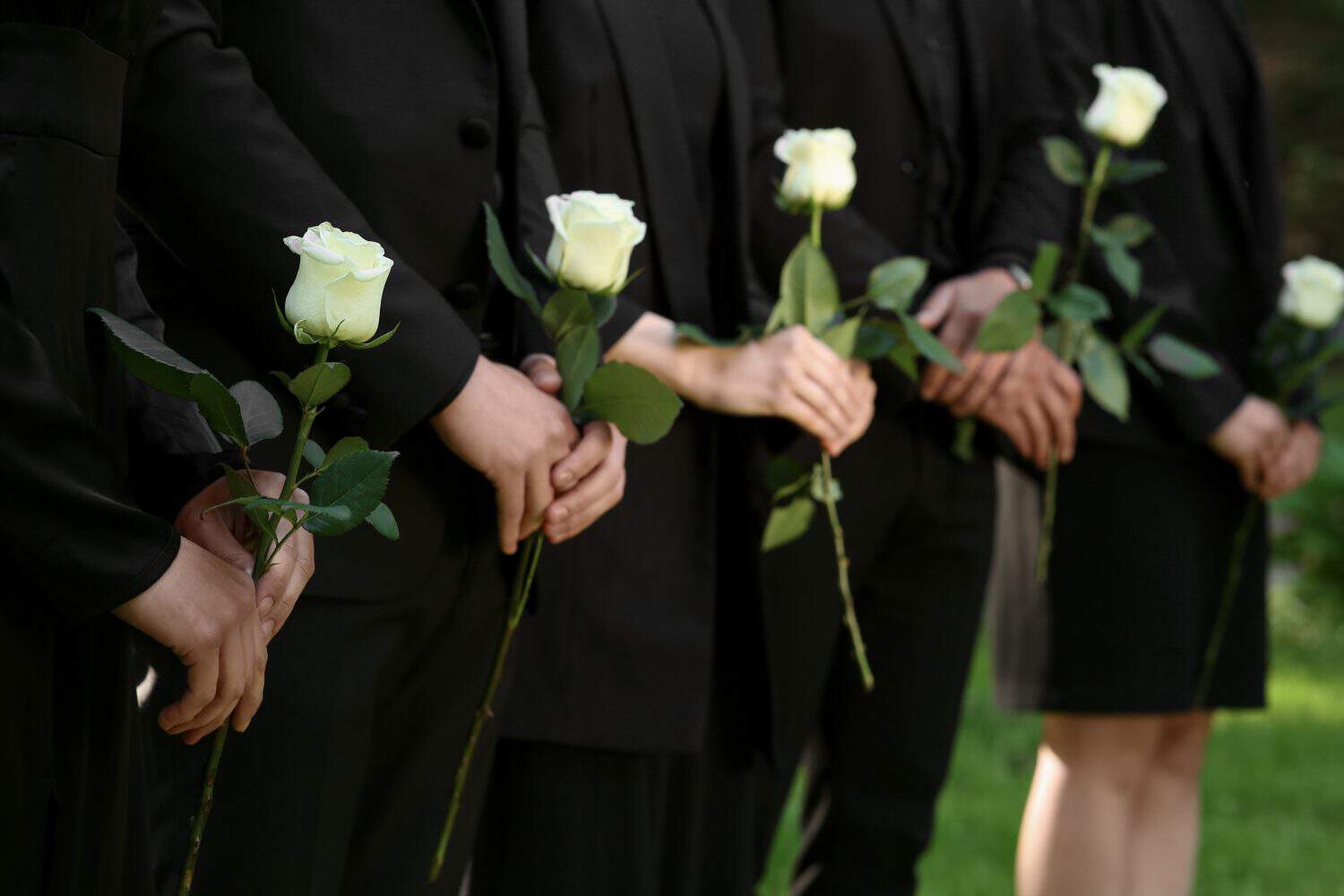
The funeral protocol 50 years ago was to wear black. This was seen as a sign of respect for those who were mourning and the deceased. Today, the rules of funeral etiquette have loosened a bit; however, it is still courteous to wear something appropriate and dress respectfully.
Sending Out Thank You Cards
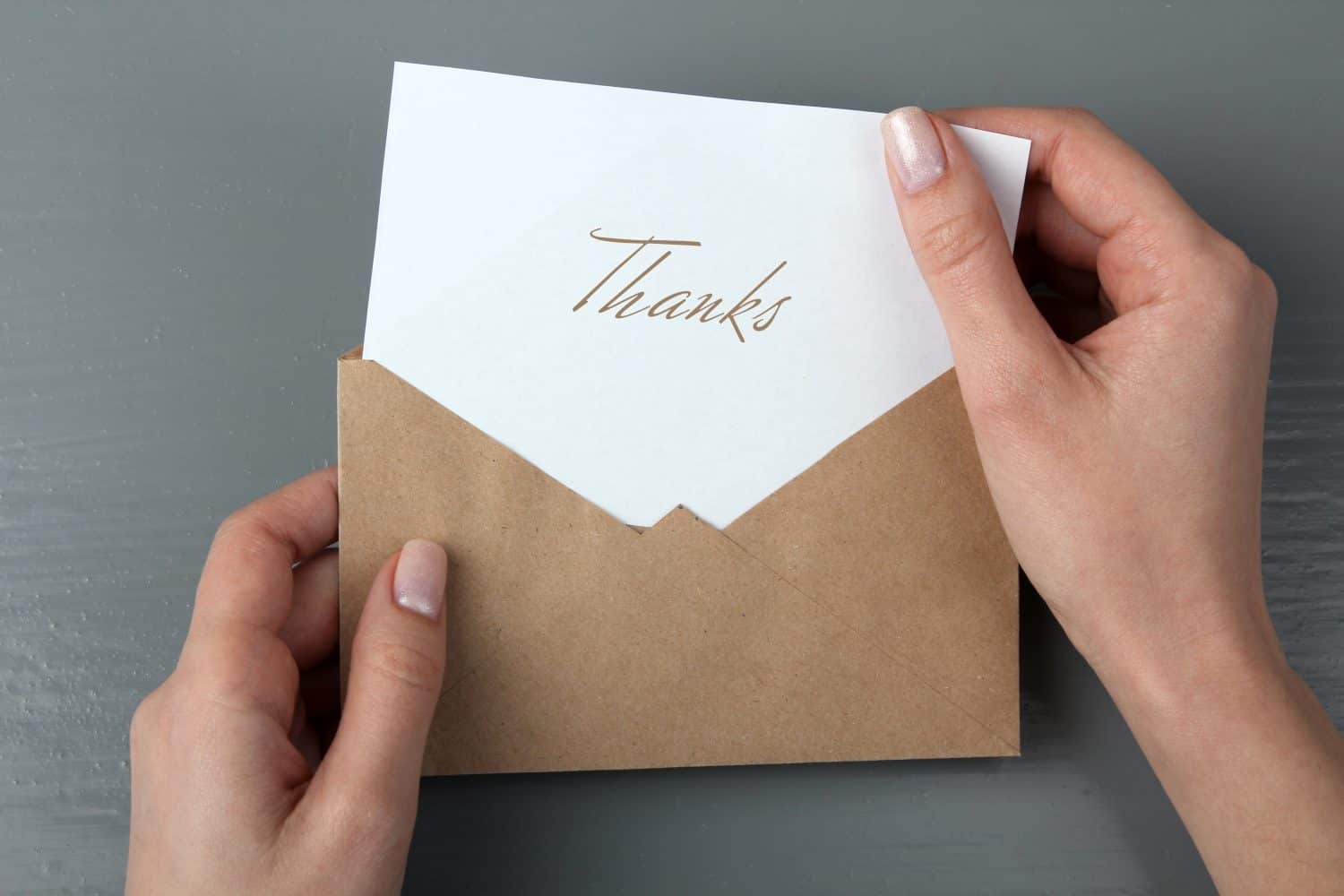
Writing a thank you card upon receiving a gift or someone attending your party was considered polite and proper. While many still stick to this custom, it was more common 50 years ago.
Allow Ladies to “Go” First

Did you hear the phrase “ladies first” growing up? This practice was a way for men to show respect to the women in their lives by allowing them to be first, first in line, first out of the car, first to order, and more.
Knocking Before Entering a Room or Home

While walking into a home or a room without knocking is typical for those close to one another, such as siblings or family, in the 1950s, knocking was the norm. It didn’t matter if you were family; if your mom and dad’s door was closed, you knocked. If you went to your parents’ house, you knocked. This practice is still used today; however, it’s not always considered rude to just walk in, depending on who the person is.
Addressing a Person Formally During Any Correspondence

While writing a letter, it was considered courteous to write out Dear Mr., Mrs., or Miss instead of their first name.
Sending in Your RSVP on Time
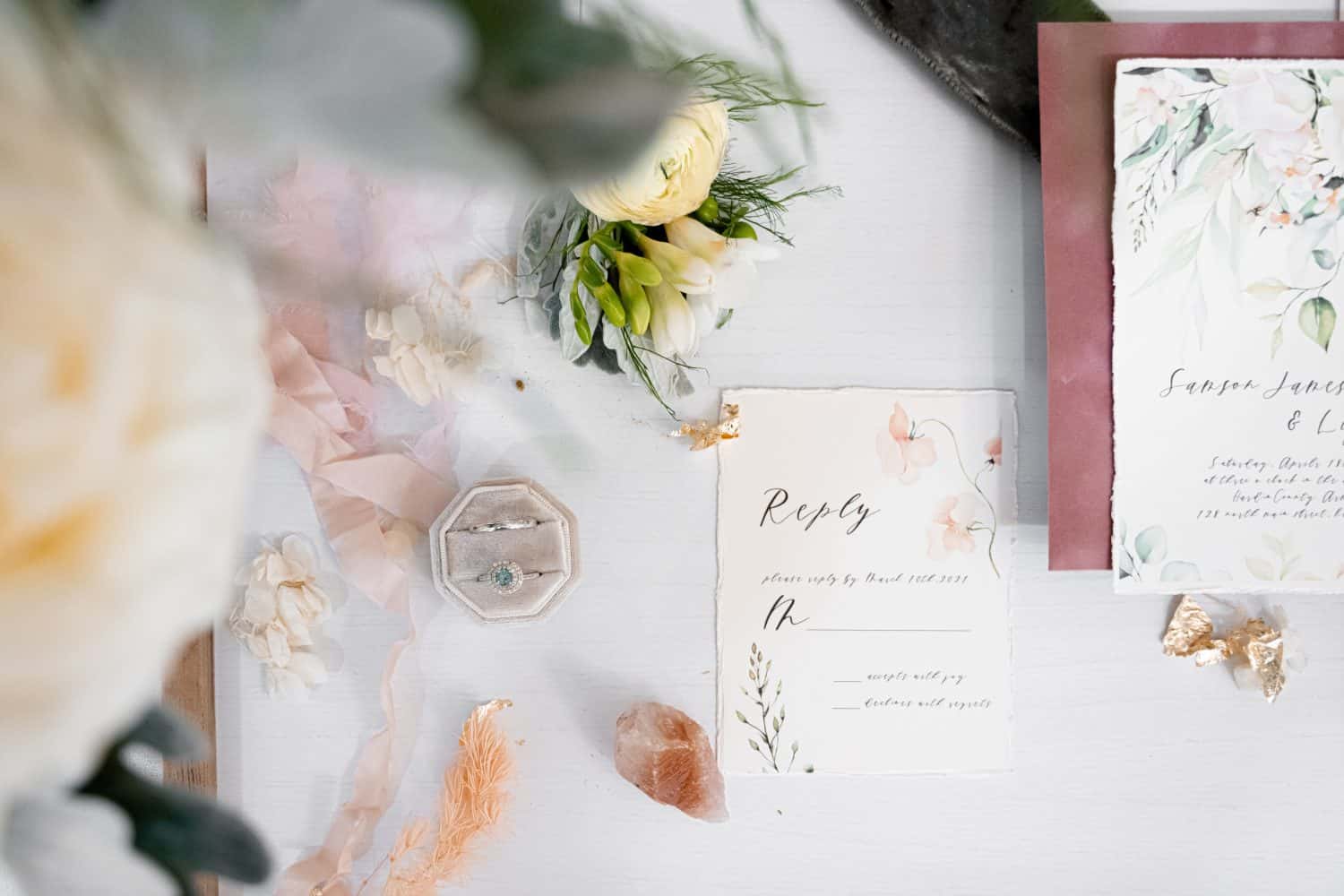
When you received a written invitation to an event, it was polite to RSVP promptly. If you could not attend, you also declined in a timely manner.
Dressing Up for an Airplane Flight

Casual and comfortable is the way to fly today. Yet, 50 years ago, appearance took precedence over comfort. You were expected to dress up and look your best when flying on an airplane.
Being on Time for Events, Work, Etc.

http://i1306.photobucket.com/albums/s573/gldburger/isolated_banner_clocks_zpsb5d0fa5a.jpg
Punctuality was seen as an essential part of life. If you weren’t on time, you were thought rude, no matter the circumstances.
Today, it has become customary to consider the person’s circumstances before thinking they are being rude. Are they a parent to many children? Do they have a newborn? How was the traffic?
While being late habitually is still considered rude, more and more people are trying to be open-minded when a person is occasionally late.
Offering to Help Someone with Their Coat
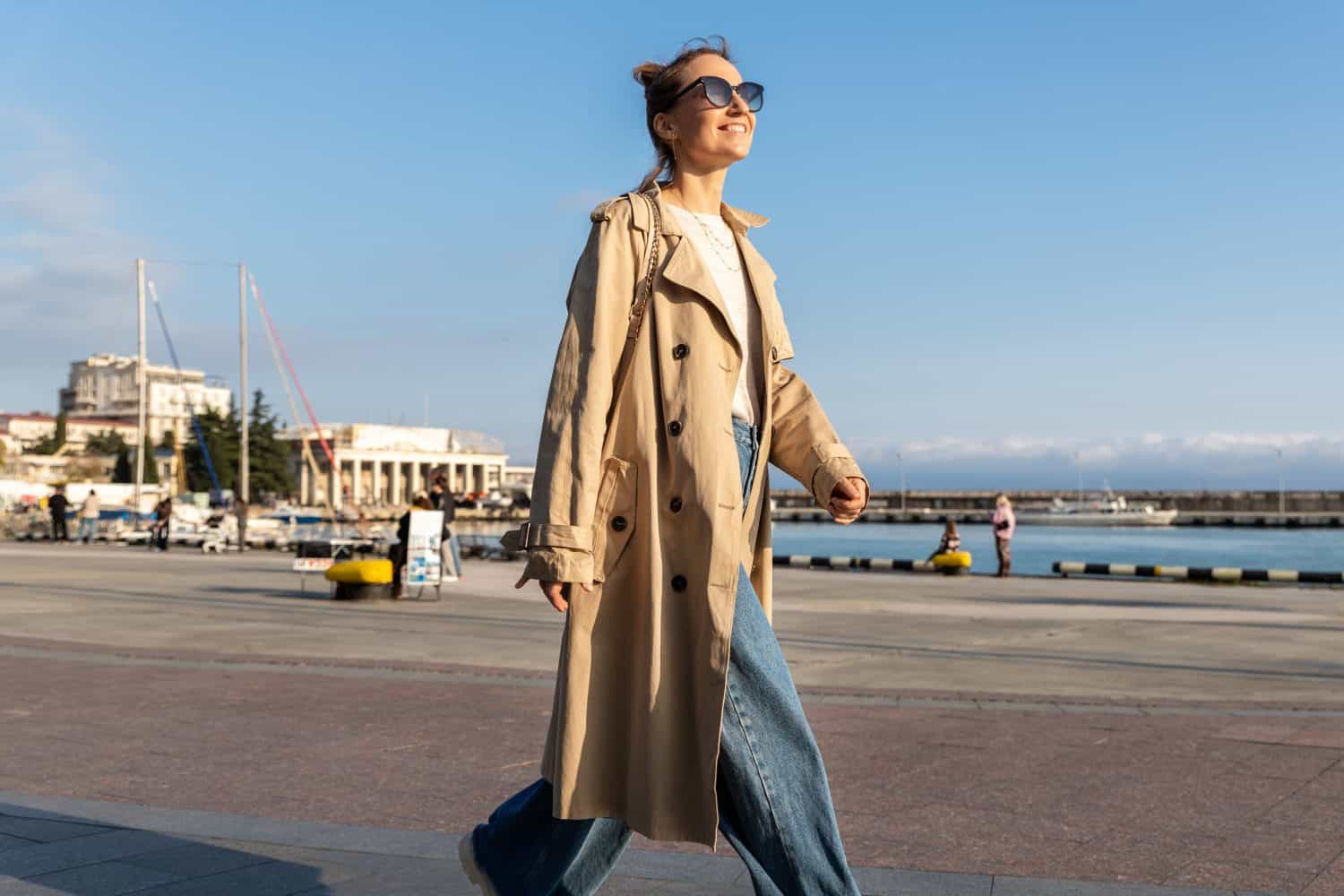
Whether or not a person was struggling with their coat didn’t matter. It was thought polite for men to ask women and children if they needed help with their coats. Today, this practice is less prevalent.
Giving Your Undivided Attention When Someone Was Speaking

Today, there are distractions everywhere. Seeing someone on their phone is normal while another person speaks to them. However, 50 years ago, giving someone your undivided attention while they spoke was expected and courteous. If the person was boring, it didn’t matter. You sat there and listened to them speak until they were done.
Addressing a Person by Their Last Name
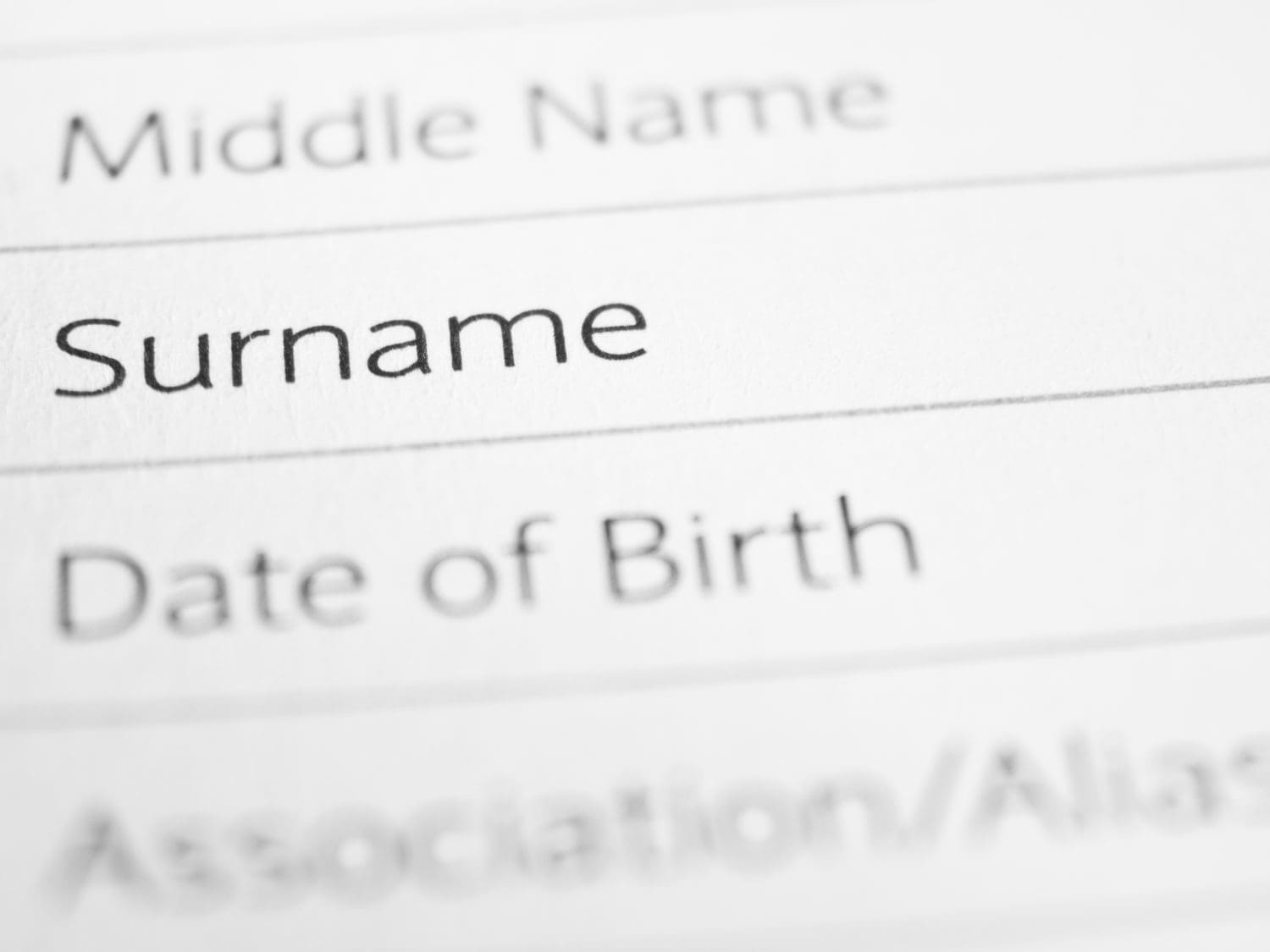
Today, one is expected to use a person’s first name while conversing or introducing them. Yet, in the 1970s, it was still common practice to call a person by their last name; for example, you would introduce someone as “Mr. Smith” and their wife as “Mrs. John Smith.”
Asking Someone if They Mind if You Smoke Beforehand

Smoking was typical in the ’70s; it was done inside, in cars, and around children. However, even if you smoked, it was polite not to light that cigarette until you asked those around you if they cared.
Quietly Tipping a Service Worker
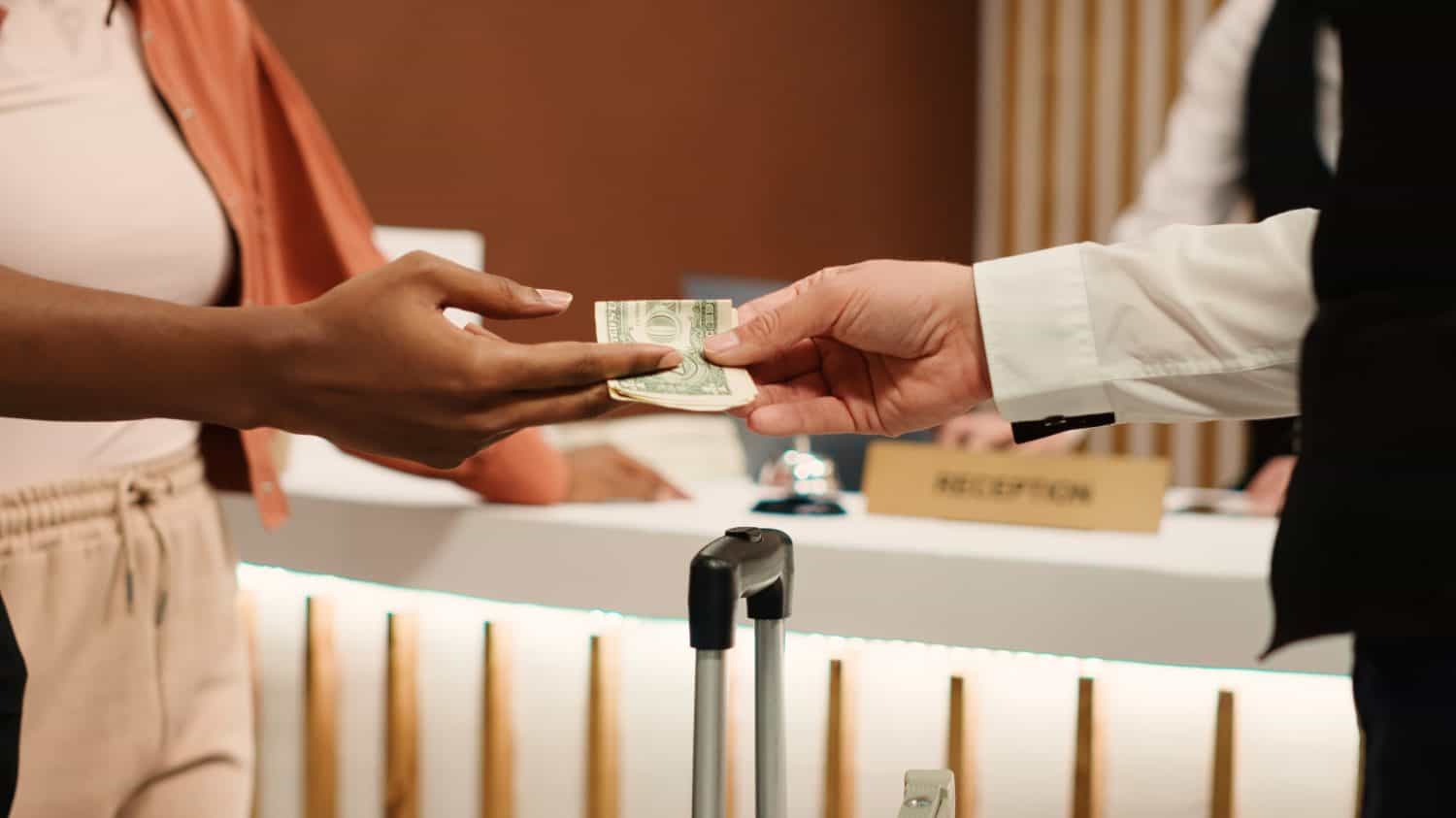
Today, it’s common to place a tip on the table before you leave. However, 50 years ago, tipping was a quiet and private matter. When tipping a service worker, it was courteous to slip it into their hands without calling attention to the tip.
Dress Up for Dinner
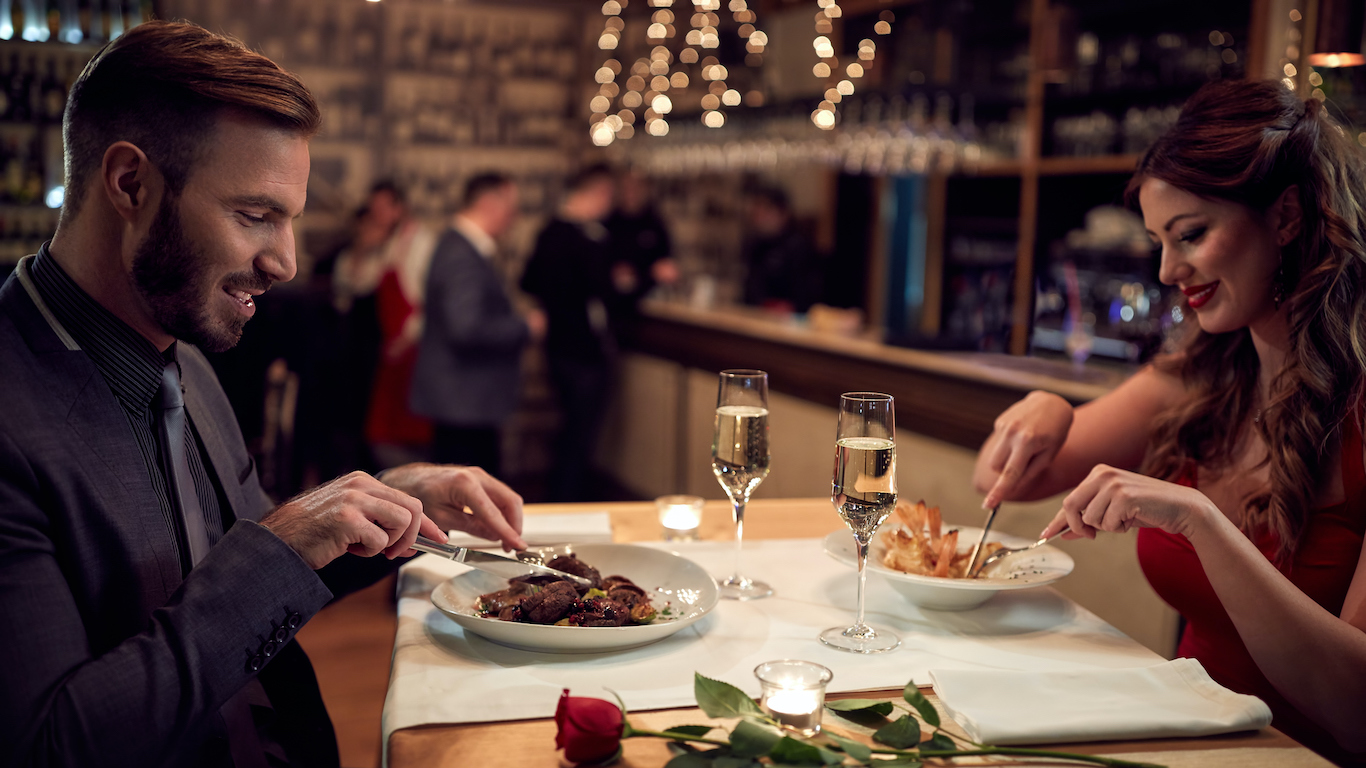
Dinner for couple in restaurant with good food-concept
Dinner time was important, whether at home or in a restaurant. Therefore, children and adults alike would wear their best clothes while eating dinner as a family. If a child got dirty at school, they would change. There were also no wearing pajamas to dinner.
Waiting For a Person to Introduce You at a Social Event

Instead of offering your hand and introducing yourself at a social event, it was polite to wait for an introduction. Common practice meant you would wait patiently for the host to introduce you to anyone you may not know, and if they didn’t, you forfeited an introduction.
Bringing a New Neighbor Food
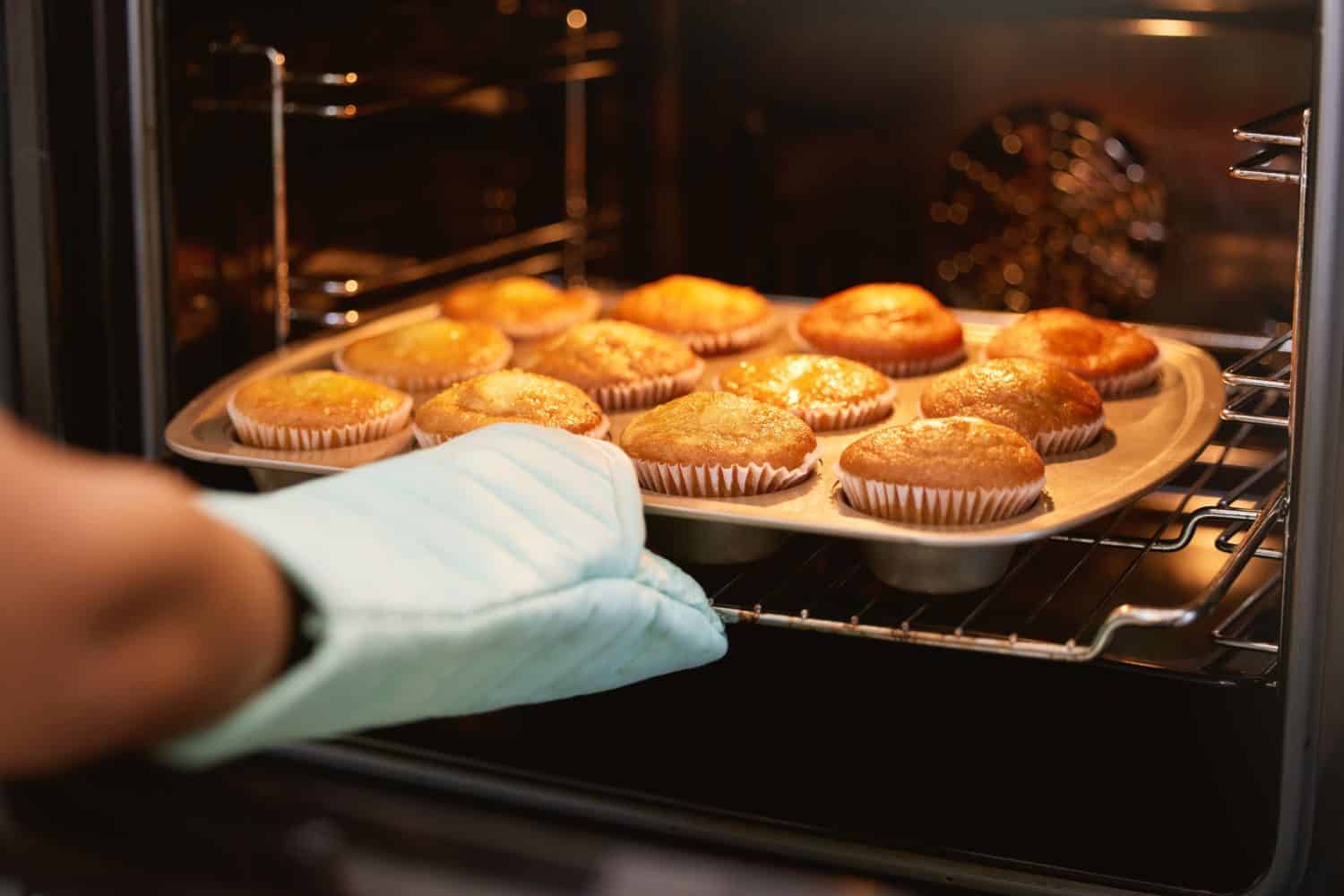
When a new neighbor moved in, bringing them a plate of cookies or a casserole was considered polite. However, as more information about food allergies and sensitivities has been discovered, it can be dicey to bring someone you don’t know a plate of anything. It’s possible they won’t be able to enjoy it or even like the food. Therefore, today, it’s normal to simply offer a hello and introduction.
Offering an Elderly Person Your Arm

Offering your arm to your wife was common practice. Additionally, offering an older adult who was walking, getting up from their chair, or climbing steps your arm was also polite. Offering your arm gave support where they may stumble and was also seen as a sign of respect.
Offering to Help Carry Heavy Groceries or Load Into Their Car

Grocery food shopping bag - vegetables, fruits, bread and pasta
If you saw someone struggling with their groceries, asking them if you could help was considered polite. Offering to load their car or bring groceries into their home was also thought courteous and not intrusive.
Commenting if Someone Lost Weight

Losing weight can be a huge feat for someone and is worthy of noting (if that’s what they want.) However, today, asking someone about their weight can be considered disrespectful. After all, it’s their business, and not everyone is open about their weight journey. However, 50 years ago, it was considered polite to ask a person how much weight they had lost or if they had lost any. Asking was seen as a genuine sign of curiosity and also encouragement.
Keep Your Elbows Off the Table

Growing up, did you ever hear your parents tell you to keep your elbows off the table? Proper table manners in the 1970s included keeping your elbows off the table. This act is sometimes seen as dominating or trying to “take up space.” However, it was proper to keep elbows off the table to keep mealtime an enjoyable experience for everyone.
Do Not Eat with Your Fingers

Today, mealtimes can be a sensory experience for children. However, 50 years ago, it was not polite to eat with your fingers, whether you were an adult or a child. It was normal for some to eat pizza or even finger foods with a fork.
Holding A Lady’s Back While You Were Walking

Did you ever see your grandpa walking with your grandma while holding the small of her back? This custom was seen as a way to show respect to your spouse. It was also a protective gesture; seeing an older adult engage in this practice while walking with a loved one is still usual today. However, it is less common among younger couples.
Engaging in Polite Small Talk

You will inevitably encounter at least one person when going out in the community. It could be the store check-out person or an acquaintance on a walk. Regardless of who it is, 50 years ago, it was common practice to strike up polite small talk. Not engaging someone you met in passing was often considered rude.
Saying “You’re Welcome”
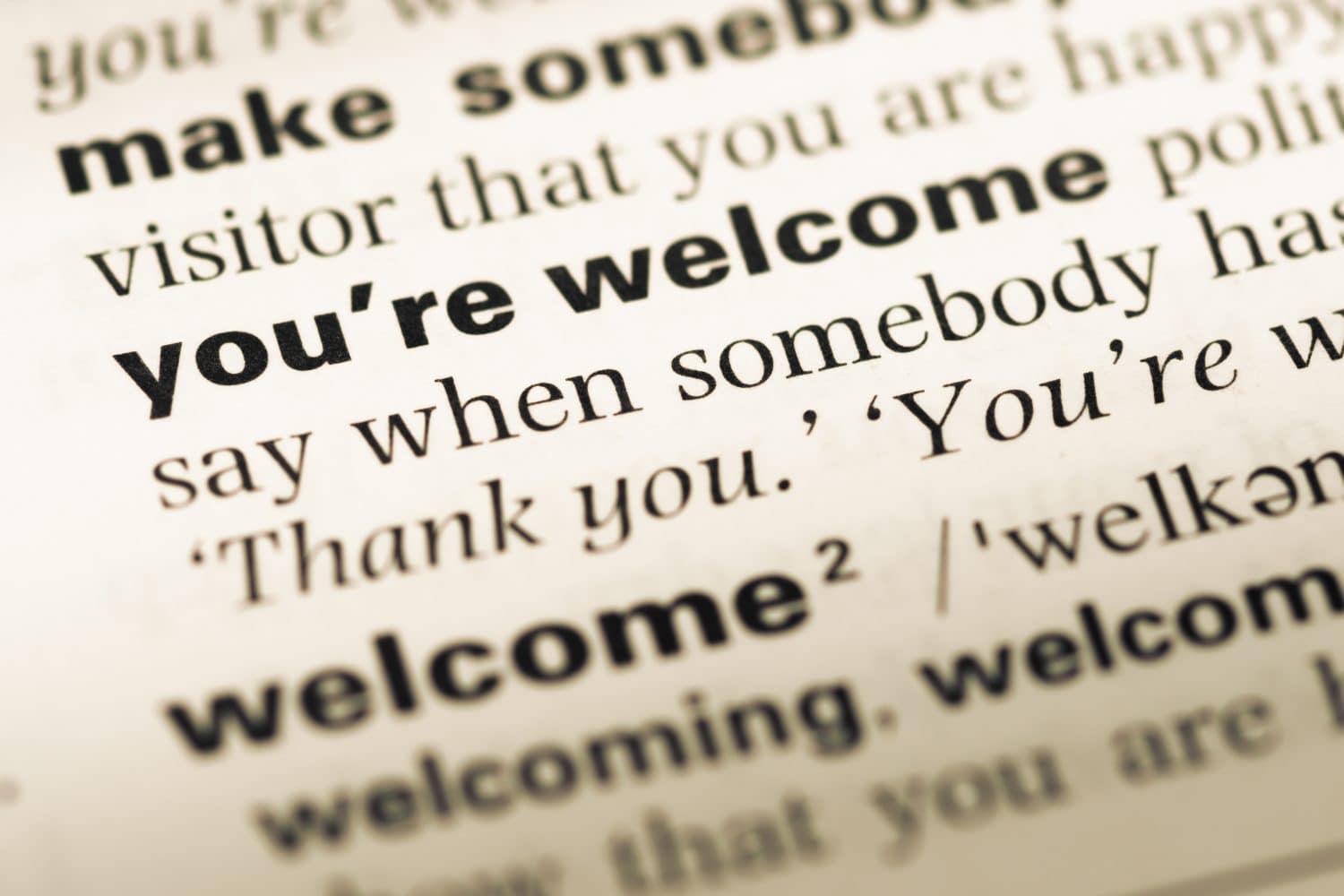
Today, after saying thank you, it’s typical to receive many forms of “you’re welcome.” These can be “no problem,” “anytime,” “don’t worry about it,” or another phrase. However, 50 years ago, the only polite response to the phrase thank you was a good old-fashioned “you’re welcome.”
Return a Casserole Dish with More Food
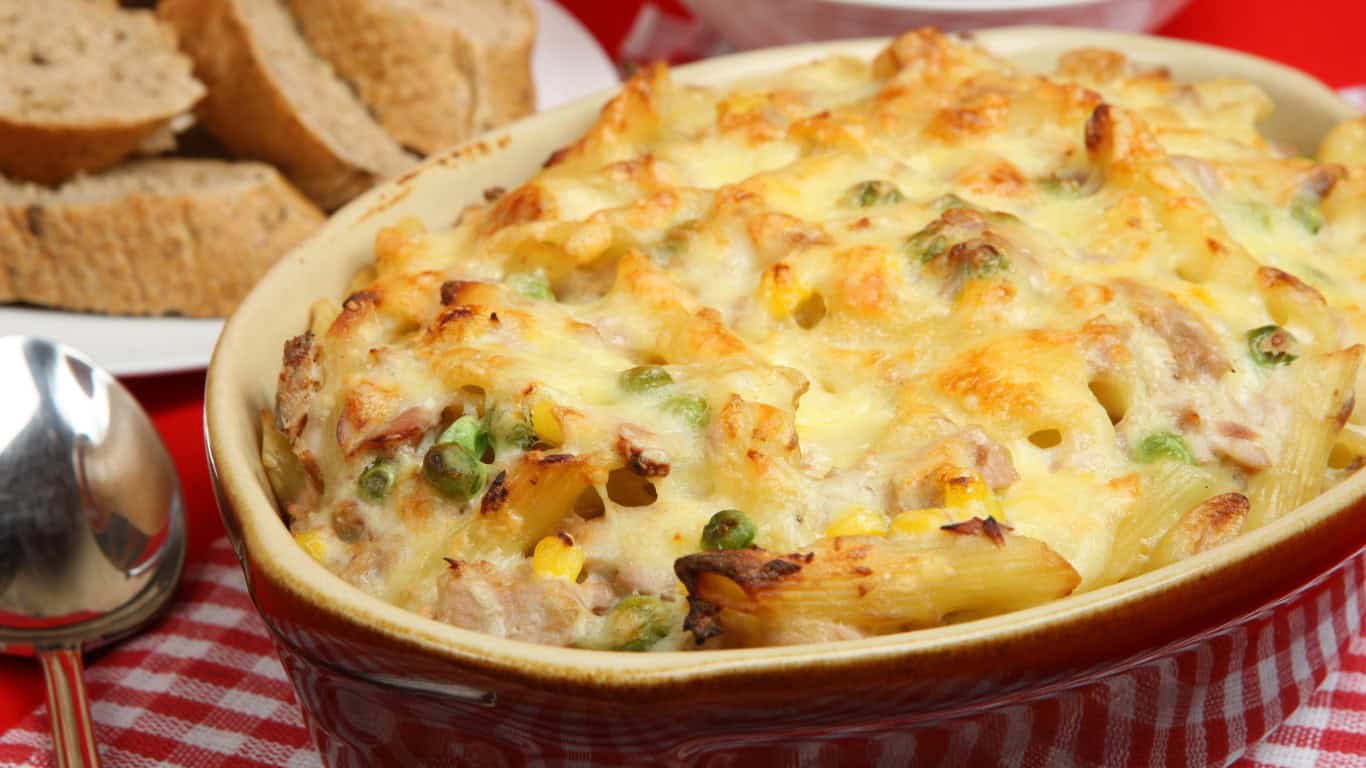
When a person within the community faced a crisis, death, sickness, or something that interrupted daily living, bringing a casserole or meal was common practice. However, it was also considered rude to return the casserole dish empty. Therefore, before returning the dish, the person would bake another meal in it to say thank you.
Men Picking Up the Check
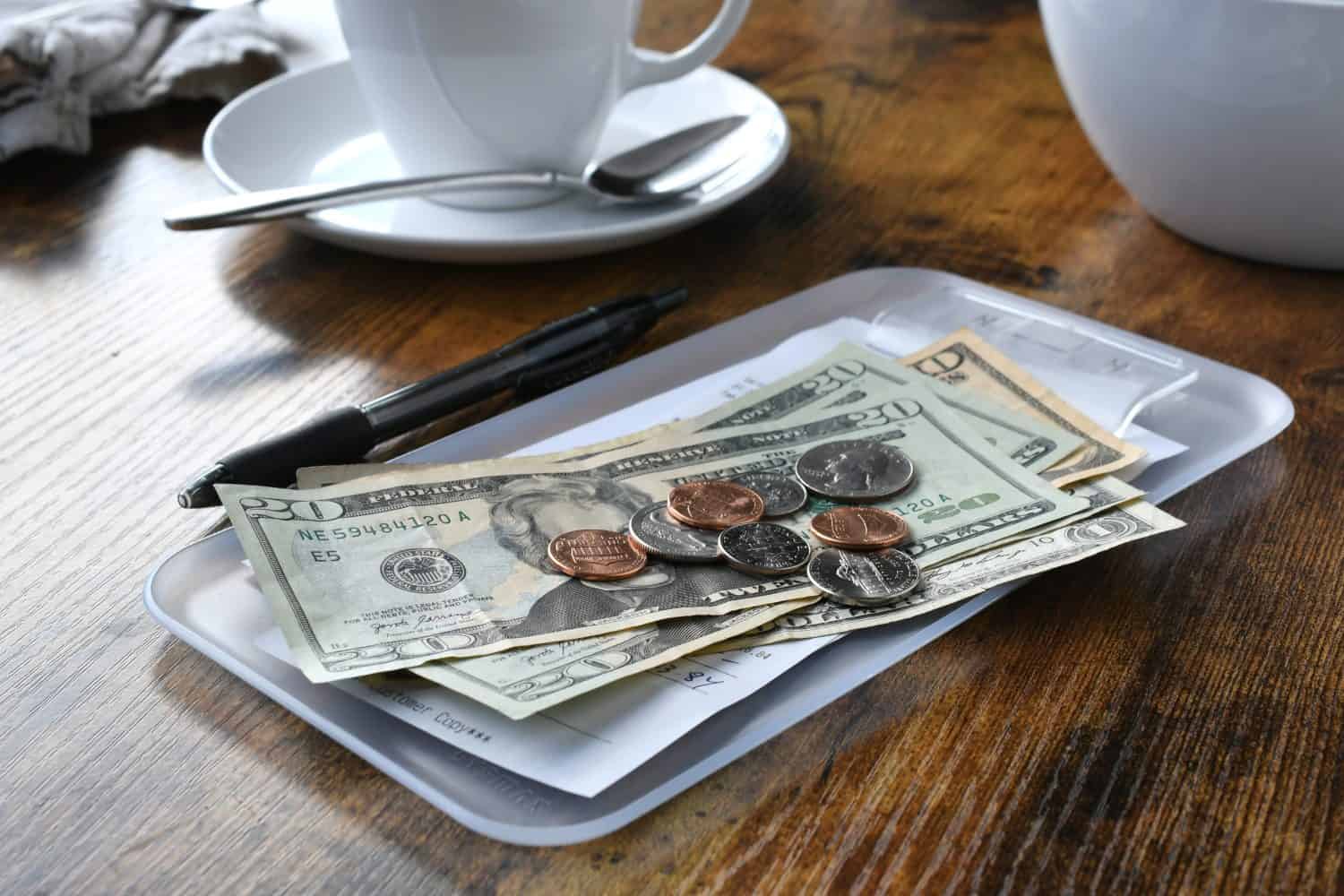
If a woman was eating out and a man was at their party, it was polite for the man to pick up the check. This was a social norm partly because many women stayed home instead of working. Therefore, it made more sense for the man to pay for the meal. However, today, more women work jobs, pay their bills, and are more comfortable picking up the check.
Waiting For a Woman to Extend Her Hand Before Offering Yours

When a man was greeting a woman, waiting for her to extend a hand before extending his was polite. Now, it’s normal for either party to extend their hands while greeting one another.
Going to the Door to Pick up a Date
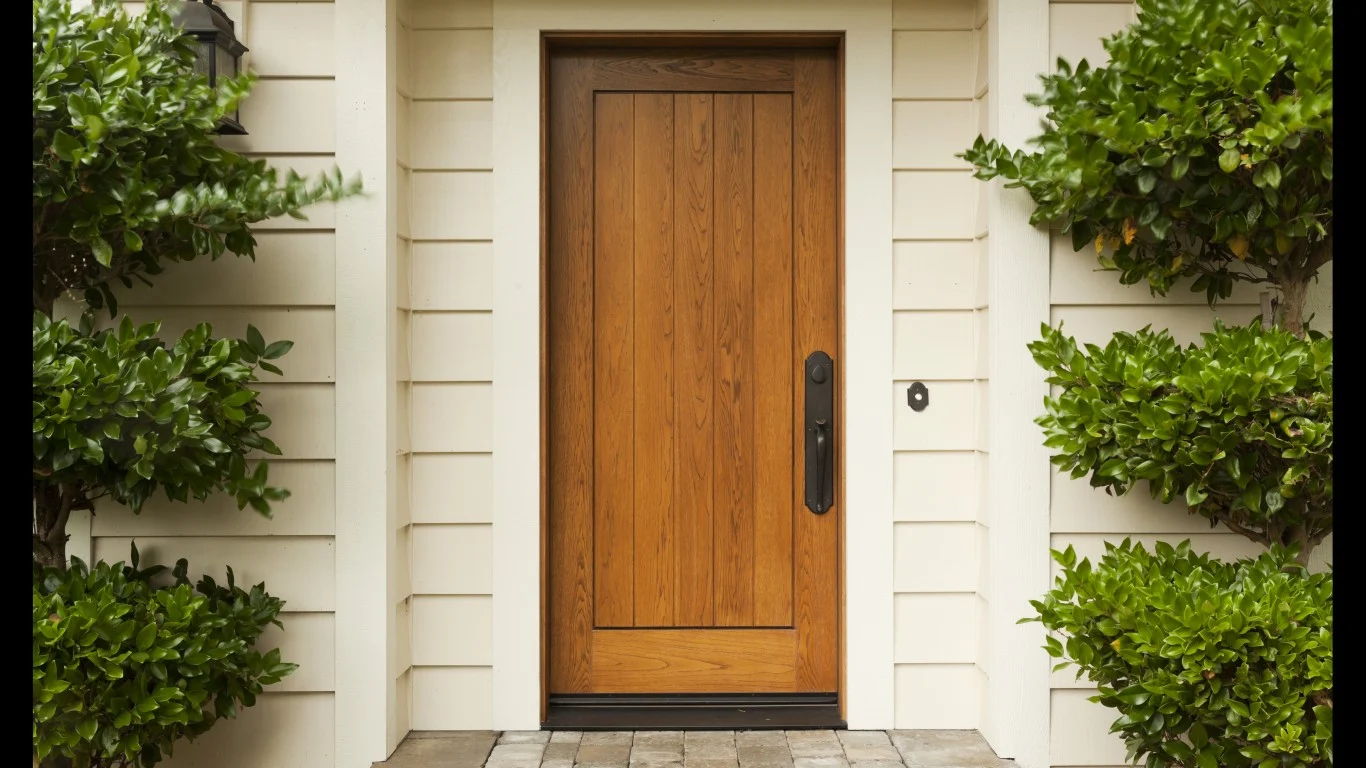
50 years ago, it was customary for a man to ask a woman out on a date. If she agreed, walking to the door and picking her up was polite. While waiting in the car or even honking was viewed as a sign of disrespect and rude.
Opening a Car Door for a Woman

As part of chivalry, it was normal and polite for a man to open the car door for a woman. This woman could be your spouse, date, or even your mother. Many men wouldn’t hesitate to show respect in this manner 50 years ago.
Having an Ashtray Out for Guests

Smoking was a social norm in the 1970s and was often done indoors and around guests. If you were throwing a party, even a kid’s party, or knew that a guest was coming over, having an ashtray sitting out was polite in case they needed to use it.
A Man Ordering for a Woman

In the past, it was thought polite for a man to order for a woman while out on a date or if they were married. However, today, many women prefer to order for themselves as a way to take control of their autonomy and equality.
Saying “Please”
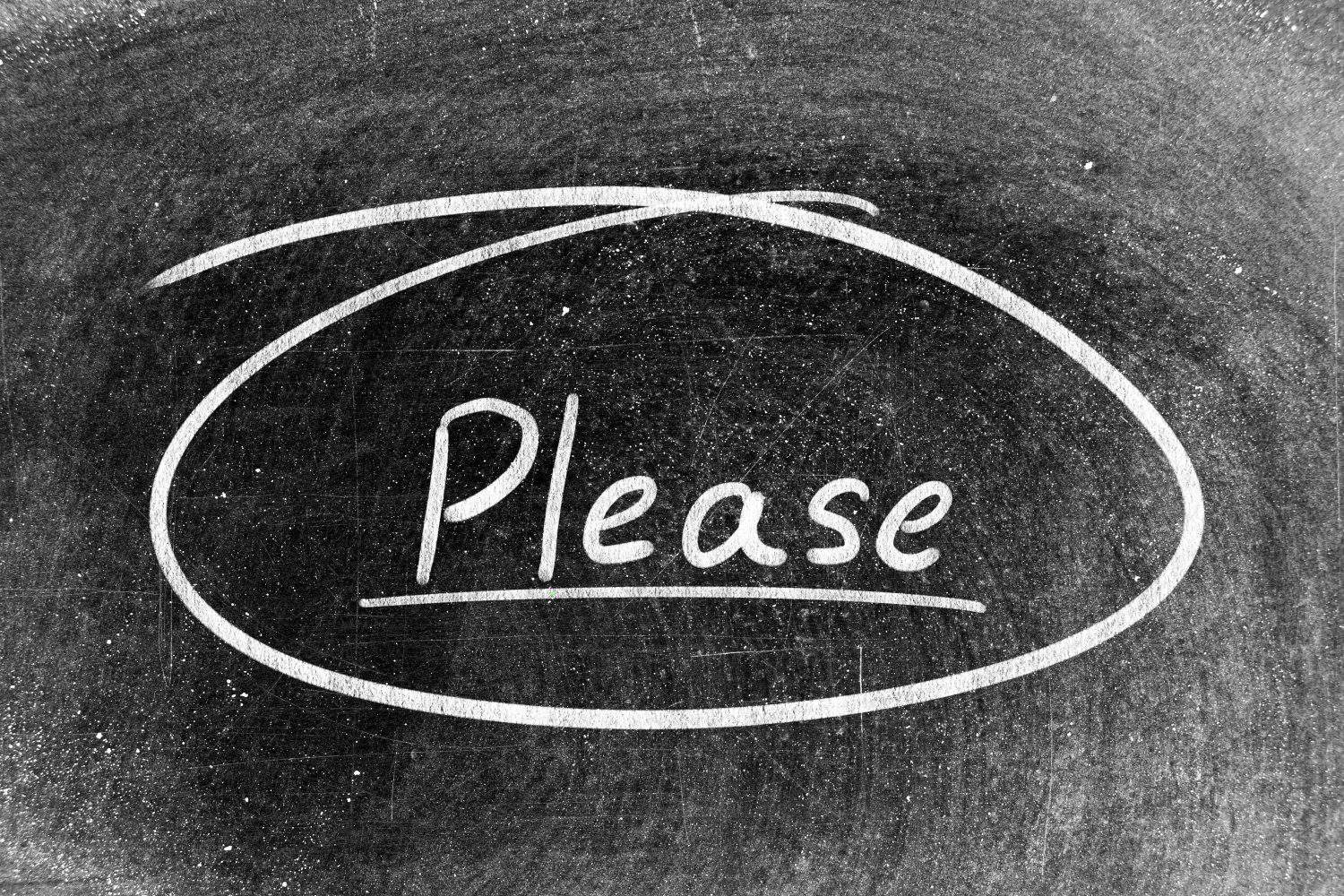
Saying please and thank you are among the first things young children learn when teaching manners, but saying please has become less common. Sometimes, saying please can be seen as a sign of impatience, one reason some people avoid using it altogether. Additionally, when in a casual setting, it is common to think about manners less often. Yet, 50 years ago, the only polite way to ask a question was with a please attached to it. (Next, read our list of 17 things every child loved to do in the 1970s.)